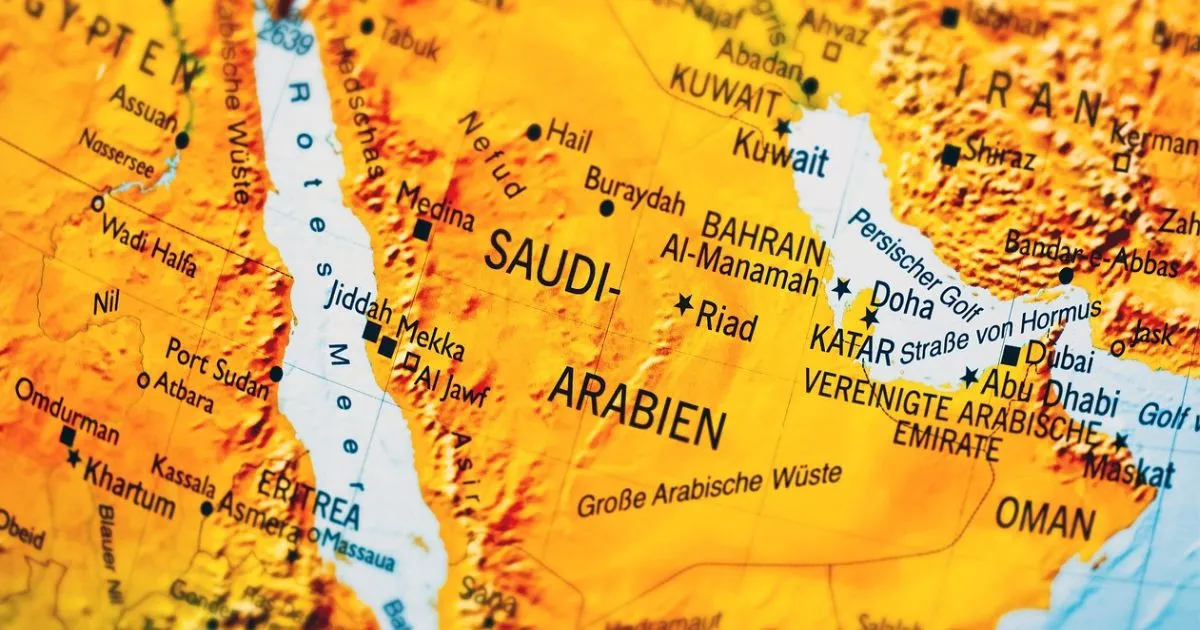What is the relationship between Arabia Mecca Madina in Islamic history and culture?
Table of Contents
The Arabian Peninsula, home to the sacred cities of Mecca and Medina, holds immense historical, cultural, and spiritual significance for Muslims worldwide. These cities, deeply intertwined with the birth and spread of Islam, have shaped the Islamic world for centuries. Today, they remain central to the faith, serving as major spiritual and economic hubs. The relationship between Arabia Mecca Madina is a cornerstone of Islamic history and culture, reflecting their enduring importance in both the past and present.
The Historical Significance of Arabia Mecca and Medina
The Arabian Peninsula, with its vast deserts, has long been a crossroads of trade and culture. Mecca and Medina, however, stand out as the spiritual heart of Islam. Mecca, the birthplace of the Prophet Muhammad and home to the Kaaba, is the holiest city in Islam. Medina, where the Prophet migrated and established the first Islamic state, is equally revered. These cities played pivotal roles in the early days of Islam, shaping its teachings and practices. Over time, they became centers of pilgrimage, drawing millions of Muslims annually and influencing the region’s cultural and economic landscape.
The Geographical Importance of the Arabian Peninsula
The Arabian Peninsula’s geography has significantly influenced its history and development. Mecca is located in a valley surrounded by mountains, while Medina lies in a fertile oasis. Their strategic locations facilitated trade and commerce, making them vital economic centers even before the rise of Islam. The harsh desert environment of the peninsula also fostered a unique cultural identity, blending ancient tribal traditions with Islamic values.
The Sacred Geography of Mecca and Medina
Mecca and Medina are not just cities but sacred spaces deeply embedded in Islamic faith. The Kaaba in Mecca is the focal point of Muslim prayer and pilgrimage, while Medina houses the Prophet’s Mosque, his final resting place. These sites have defined the spiritual and physical boundaries of the cities, attracting millions of pilgrims each year. The sacred geography of these cities has also influenced their urban development, with infrastructure evolving to accommodate the growing number of visitors.
Cultural Evolution in Arabia Mecca and Medina
The culture of Arabia Mecca Madina has evolved significantly over time. In pre-Islamic times, tribal customs and trade dominated the region. With the advent of Islam, these cities became centers of religious learning and cultural exchange. Today, they blend ancient traditions with modern influences, reflecting the dynamic nature of Islamic culture. The pilgrimage economy has also played a crucial role in shaping their social and economic structures, making them vibrant hubs of activity.
Economic Relationships Between the Holy Cities
The economic ties between Mecca and Medina are deeply rooted in their religious significance. The annual Hajj pilgrimage, which brings millions of Muslims to Mecca, has a profound impact on the region’s economy. Medina, as a key stop for pilgrims, also benefits from this influx of visitors. Trade routes connecting the two cities have historically facilitated the exchange of goods and services, further strengthening their economic interdependence.
The Pilgrimage Economy and Urban Development
The pilgrimage economy has driven significant urban development in Mecca and Medina. Modern infrastructure, including transportation networks, hotels, and retail centers, has been built to accommodate the millions of pilgrims who visit each year. This growth has transformed the cities, blending ancient architecture with contemporary designs. Despite these changes, efforts are made to preserve the historical and spiritual essence of these sacred sites.
Architectural Heritage and Urban Planning
The architectural heritage of Mecca and Medina reflects their rich history and spiritual significance. Ancient mosques, markets, and traditional homes coexist with modern buildings, creating a unique urban landscape. Urban planning in these cities focuses on preserving their cultural heritage while meeting the needs of a growing population. The challenge lies in balancing development with the preservation of sacred spaces.
Modern Transformation of the Holy Cities
In recent decades, Mecca and Medina have undergone significant modernization. Technological advancements, improved infrastructure, and social changes have transformed these cities into bustling metropolises. However, this transformation has not come without challenges. Efforts to preserve the cities’ cultural and spiritual identity while embracing modernity are ongoing, ensuring that they remain relevant in the contemporary world.
The Global Influence of Arabia’s Holy Cities
The influence of Mecca and Medina extends far beyond the Arabian Peninsula. As the spiritual centers of Islam, they have shaped the religious, cultural, and economic lives of Muslims worldwide. The annual Hajj pilgrimage fosters a sense of unity among Muslims, while the cities’ historical significance continues to inspire devotion and reverence. Their global impact underscores their enduring importance in the Islamic world.
Conclusion: The Enduring Bond Between Arabia’s Sacred Centers
The bond between Arabia Mecca Madina is a testament to their profound significance in Islamic history and culture. These cities, with their rich heritage and spiritual importance, have shaped the identity of the Islamic world for centuries. As they continue to evolve, they remain central to the faith, serving as beacons of unity and devotion for Muslims around the globe. Understanding their history and cultural significance is essential to appreciating their enduring role in the Islamic world.
Key Takeaways:
- Arabia, Mecca, and Medina are the spiritual and cultural heart of Islam.
- The historical and geographical significance of these cities has shaped Islamic history and culture.
- The pilgrimage economy has driven urban development and economic growth in Mecca and Medina.
- Modernization efforts aim to balance development with the preservation of cultural and spiritual heritage.
- The global influence of these cities underscores their importance in the Islamic world.
By exploring the relationship between Arabia, Mecca, and Medina, we gain a deeper understanding of their enduring significance in Islamic history and their continued relevance in the modern world.

